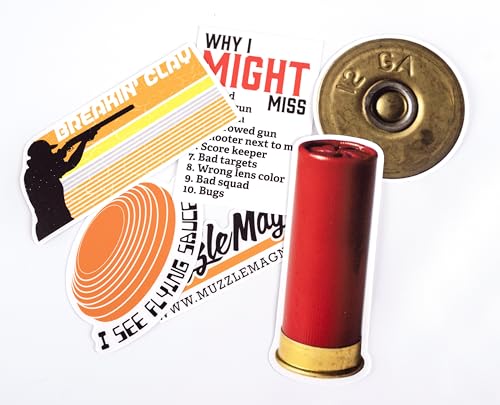@Will Hewland Thanks will.
When it comes to judging distance I’m clueless to be truthful and my information comes from my instructor. Given my estimation skills (lack there of) I can only take him at his word.
This is something I plan to rectify shortly, by getting a friend to hold out a clay on a stick at a measured distance and I’ll sight along a stick to get an idea of what a clay looks like at a given distance. I don't know if this will help, but I’ll give it a try.
Last weekend I was surprised by a sim pair, a fast mini and a standard they looked identical in size at first glance I was only when it was pointed out to me the fast one was a mini that I could actually see the difference. Weirdly I found the mini easier to hit and actually dropped a couple of the standards.
Back to cartridges, would one recommend shooting the same cartridge in practice as in competition for familiarity and as you say the “mental advantage” or would 21g for practice, 28g for competition be considered a good way to work?
I'm planning on some more tuition with my regular instructor and Ed Solomons before entering competition later his year or perhaps 2021
As always, your advice is much appreciated
































